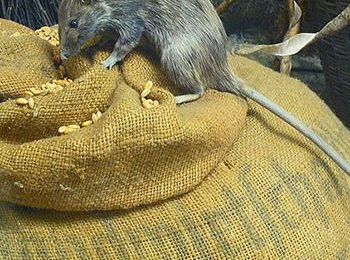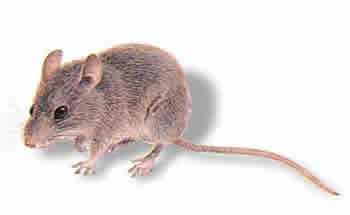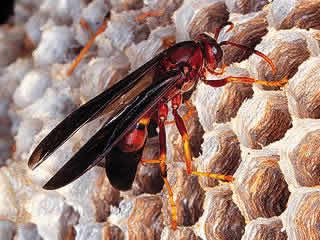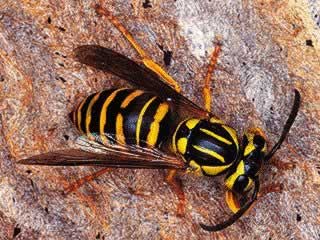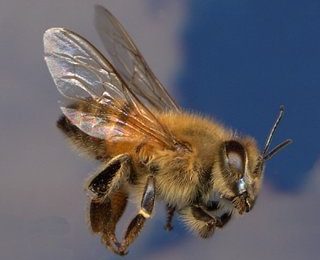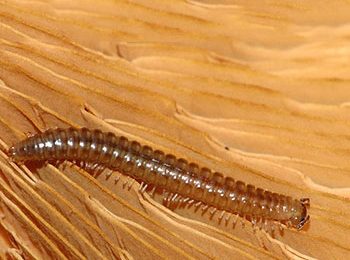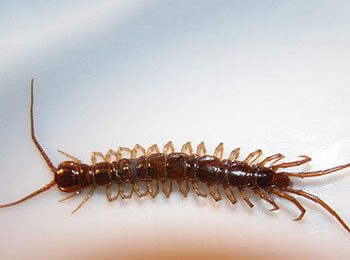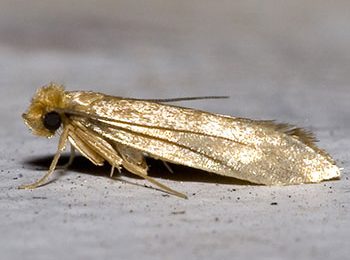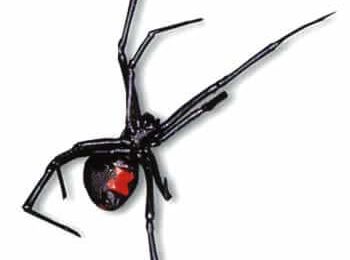Roof Rat
(Length: 7″ – 8″ head to tail) Black or brown in color, the roof rat is slender with a tail that is usually longer than the combined length of its head and body. They are nocturnal and prefer to forage for food above ground in elevated areas indoors and outdoors.
